Bolstering Operational Security: The Reliance-Class Cutter’s Advanced Technology Safeguards Classified Missions
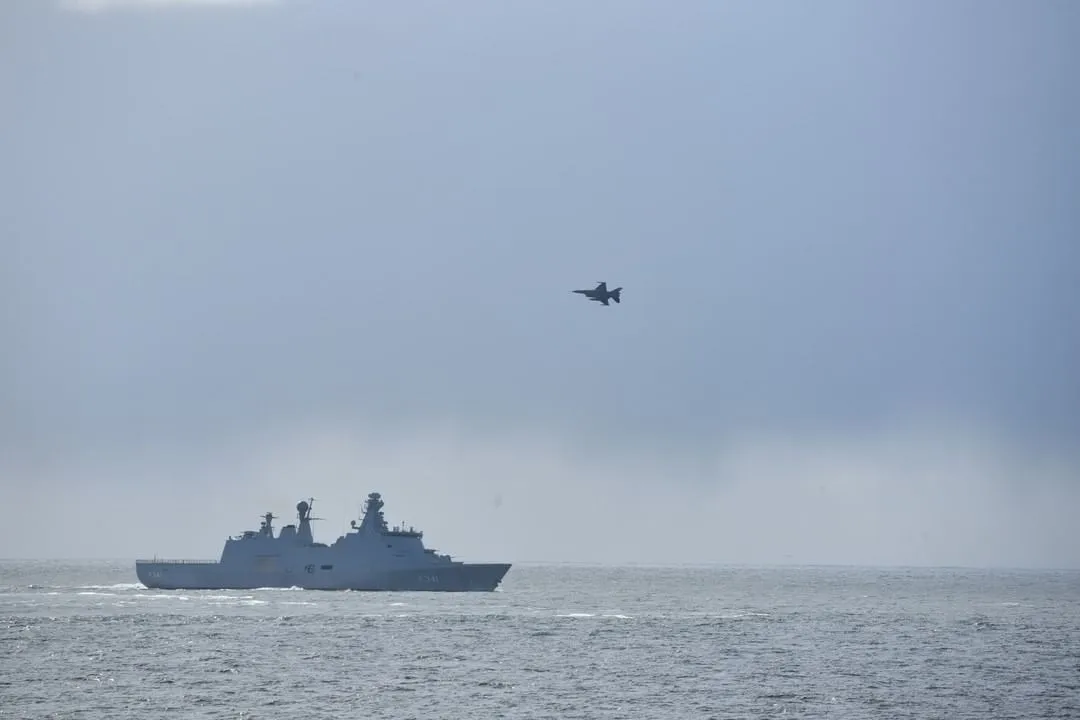
The U.S. Coast Guard plays a crucial role in protecting the nation’s waters, and its fleet of vessels is a testament to its dedication. Among its assets, the 210-foot medium endurance cutter class holds a special place. This article delves into the history and evolution of these remarkable cutters, highlighting their missions and recent upgrades.
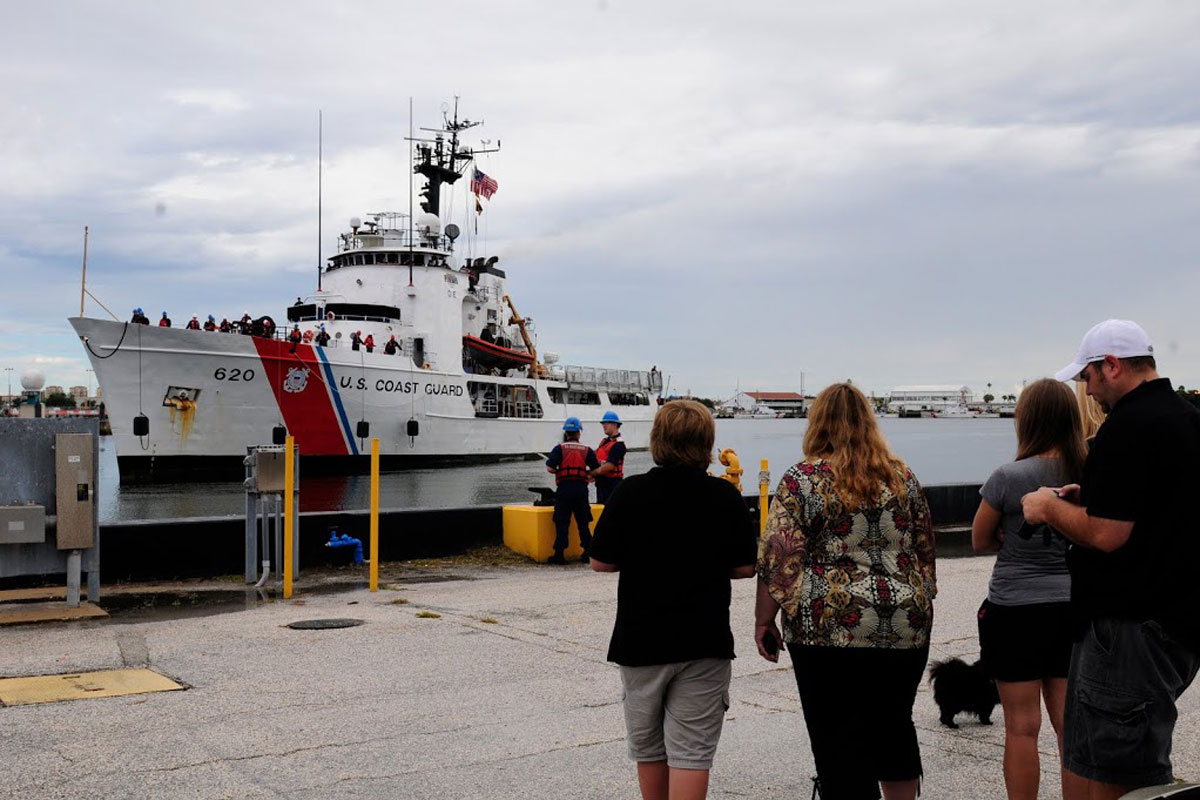
A Growing Fleet:
The U.S. Coast Guard currently operates 16 vessels in the 210-foot medium endurance cutter class. These vessels are strategically deployed, with 11 of them serving in the Atlantic Ocean and the Gulf of Mexico, while the remaining three are stationed in the Pacific. Their primary duties encompass maritime law enforcement and search and rescue operations, crucial for maintaining safety at sea.
Decommissioned Heroes:
Over the years, two Reliance cutters have been decommissioned, leaving their mark on the Coast Guard’s history. USCGC Courageous (WMEC-622) and Durable (WMEC-628) were both decommissioned in September 2001 after years of dedicated service.
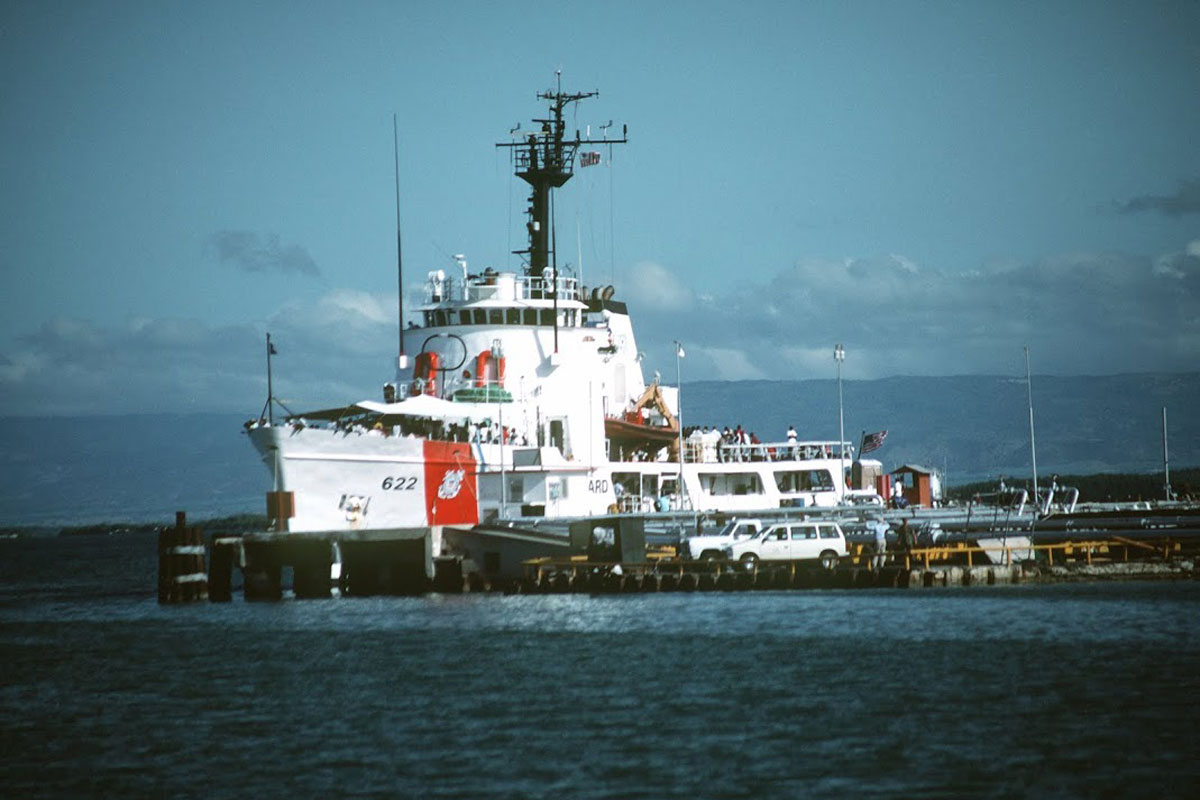
Inaugural Cutter:
The USCGC Reliance (WMEC-615), the pioneer of this class, was constructed at Todd Shipyards in Seattle, Washington. Commissioned in June 1964, it set the standard for the subsequent cutters in the class.
Construction Across the Nation:
The class also saw vessels being built at various shipyards across the country. Todd Shipyards continued to contribute with the construction of WMEC-616 and WMEC-617. Meanwhile, WMEC-618 was built at the Cristy Corporation yard. The Coast Guard yards in Baltimore, Maryland, were responsible for the construction of WMECs 619-620 and 628-630, while the American Shipbuilding Company yard played a pivotal role in building WMECs 621-627.
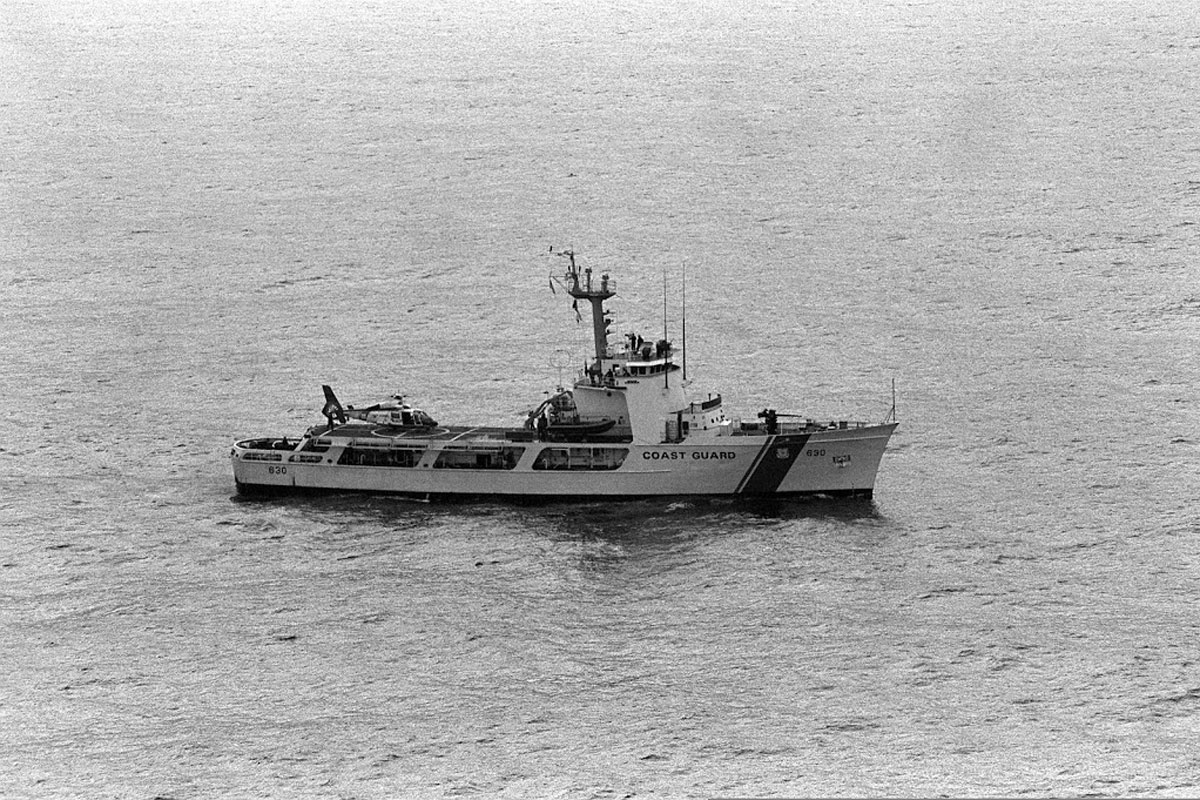
Enhanced Capabilities:
The final vessel of the class, USCGC Alert (WMEC-630), was commissioned in August 1969. Designed for open ocean search and rescue, these 210-foot cutters offer a high degree of crew habitability, complete with air-conditioned spaces. Furthermore, they provide excellent visibility from the pilothouse, boasting an unrestricted 360-degree view. Notably, the exhaust gases are routed out of the stern to minimize smoke obscuration during flight operations on the flight deck.
Modernization Efforts:
In 1986, a significant development occurred when all 16 cutters underwent a Major Maintenance Availability (MMA) overhaul. These overhauls aimed to standardize propulsion systems, introducing two Alco 16V-251 diesel engines. Additionally, exhaust gas routing was revised into a more conventional, less troublesome vertical stack arrangement behind the pilothouse. The vessels also received upgrades to their electronics, transitioning from the SPS-64(V)1 radar to the more advanced SPS-73. A notable change was the replacement of the original 3-inch Mk 75 cannon with a 25mm Mk 38 Bushmaster cannon. Each MMA overhaul came at an approximate cost of $20 million per ship, a significant investment considering the initial construction cost of each vessel was $3.5 million. The final MMA was successfully completed in August 1997, ensuring these cutters remained at the forefront of Coast Guard operations.
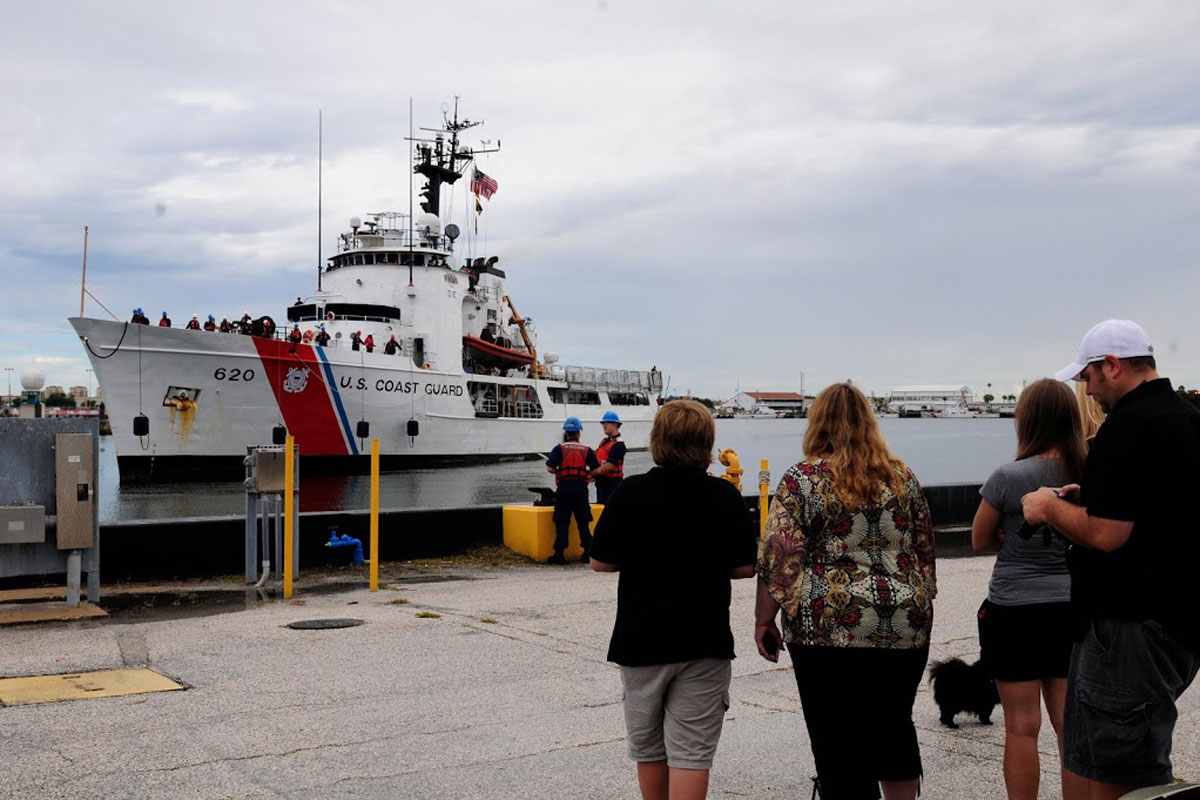
The 210-foot medium endurance cutter class has been a cornerstone of the U.S. Coast Guard’s maritime operations, serving with distinction for decades. Through decommissioned heroes, nationwide construction efforts, and modernization initiatives, these cutters have consistently adapted to meet the evolving demands of safeguarding the nation’s waters.
